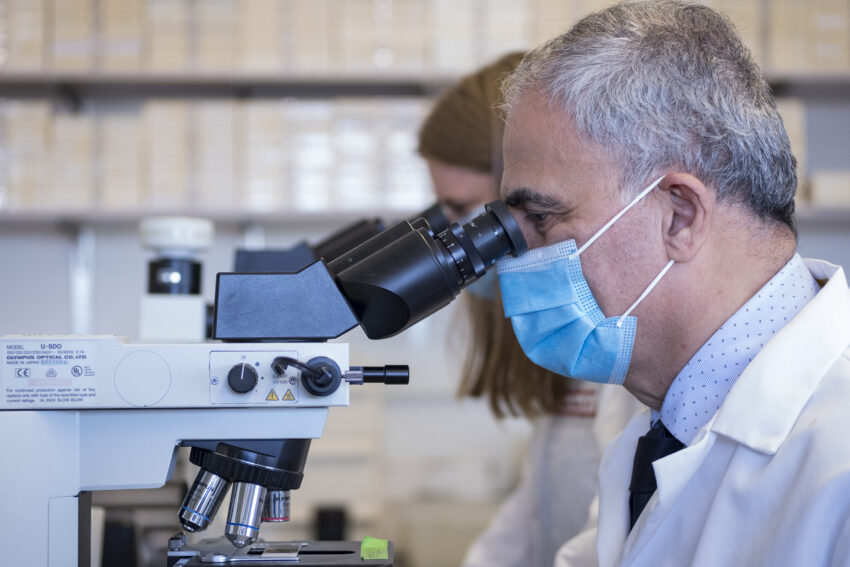
How Case-Control Studies Are Used in Medical Research
Case-control studies are a mainstay of medical research, but they’re often misunderstood. This article is designed to help you better understand what case-control studies are, how they’re used in medical research, and what makes them different from other types of medical research. The content is presented by https://studywatches.com
What is a case-control study?

A case-control study is a type of observational study in which two groups are compared: one group consists of patients who already have the disease (the “cases”), while the other consists of people without the disease (the “controls”). Both cases and controls are selected from the population being studied; they must be similar in terms of age, sex, race/ethnicity, and any other factors that may affect their risk of developing or not developing the outcome under investigation.
Case-control studies are used to identify factors that may increase or decrease the risk for certain diseases or conditions by comparing groups with differing outcomes. An example would be comparing smoking habits between individuals who have lung cancer versus those who don’t have lung cancer; if it’s found that smokers are more likely than non-smokers to develop lung cancer then this might suggest that smoking increases one’s risk for developing this type of tumor. Discover what number is spelled in alphabetical order.
What is the purpose of doing a case-control study?
A case-control study is a type of observational study that compares two groups: one group with the disease being studied, called cases, and another without the disease (but who may have been exposed to other risk factors), called controls. The goal of a case-control study is to identify risk factors for disease or its causes.
The most common reason for doing a case-control study is to try to determine what causes a specific medical condition or outcome in order to prevent it from happening again. For example, if you’re looking at how stroke affects people with high blood pressure versus those without high blood pressure, you might want your research results so that doctors can treat both groups differently–maybe by prescribing different medications or making lifestyle changes like eating less salt or getting more exercise–so they won’t experience another stroke again in their lifetime!
How is a case-control study different from other types of medical research?
A case-control study is a type of medical research that compares people with a specific disease or condition (the cases) to those without it. A control group is used to compare against the cases and provide a baseline for comparison.
Case-control studies are different from other types of medical research because they rely on information gathered after an event has happened–rather than before it happens, as randomized controlled trials do–and they don’t use random selection processes like cohort studies do. Case-control studies can be done quickly and cheaply compared with other types of medical studies, making them ideal for investigating rare diseases or those that have long latency periods between exposure and outcome (such as cancer).
How is a case-control study conducted?
In a case-control study, the researcher identifies people who have a disease or condition (the cases) and compares them with a group of people who do not have that disease or condition (the controls).
The two groups are matched on age, gender, and other factors. They may also be matched geographically so they live in similar areas.
The researcher then looks back at medical records to find out if there were any differences between the two groups before they became ill.
Who would want to do this type of medical research?
Case-control studies are done by researchers who want to study the risk factors of a disease. For example, if you’re interested in finding out what causes heart disease and how to prevent it, you might do a case-control study on people who have had heart attacks or strokes.
You would then compare these people (the “cases”) with others who don’t have heart problems but are similar in age, gender and ethnicity – perhaps they’re healthy volunteers living near your hospital or clinic. The idea is that any differences between these two groups will show up as an increased risk factor for developing heart disease.
Conclusion
A case-control study is used to determine if a certain condition or disease is associated with a particular exposure. The study design compares people who have the disease (cases) with those who do not (controls). It’s important to note that this type of study does not prove cause and effect. Instead, it looks for patterns in data that suggest a possible link between two things: the exposure and the outcome being studied.
